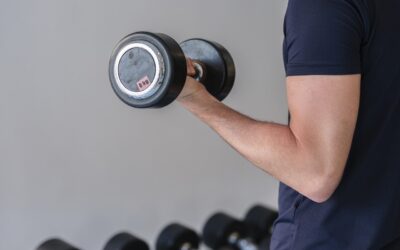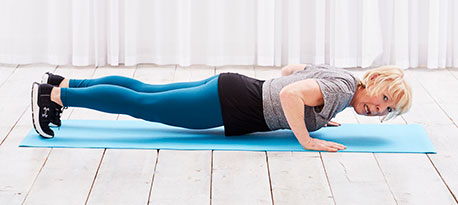Cholesterol. Smacks of bad news, doesn’t it? But actually cholesterol is pretty jolly vital. It’s made in the liver and forms part of the membrane of every single cell. It’s used to help us make vitamin D and hormones and we can’t do without it. It’s not dissolved in the blood but instead it’s carried along by proteins. Lipoproteins to be exact. You still with me? Good because the next bit is important. LDL (low density lipoproteins) carry the cholesterol from the liver to the cells that need it. However, if there’s too much LDL, it builds up against artery walls, increasing the risk of high blood pressure, strokes, heart disease and other cheerful conditions. Hence it’ called “bad” cholesterol. GPs can also refer to it as our “non-HDL” because collectively any cholesterol which isn’t HDL is bad (see below). Eating too much sugar, processed food and large amounts of saturated fat, being overweight, smoking, drinking too much alcohol and being sedentary are all factors likely to give you raised LDL.
The “good” cholesterol is HDL (high density lipoproteins). The more we have, the more it can help lower the LDL. It carries the spare cholesterol back to the liver to be flushed out of the body. So how can we get more HDL and less LDL? You’re going to roll your eyes because none of it is rocket science: Do at least 30 minutes exercise per day – anything from brisk walking to hiit sessions, choose what’s right for you; eat more fibre (fruit, veg, pulses, beans); more slow-release carbohydrates like oats, brown rice, wholemeal bread and less refined carbohydrate like sugary food; more unsaturated fats like nuts, avocados, olive oil and less saturated fat (cream, cheese, red meat); stop the booze; stop the fags; stop the sitting still. It’s also worth bearing in mind that high cholesterol can be a genetic condition so a test is a very good idea.
There aren’t really symptoms of high cholesterol, so you’d need to get a straightforward test from your GP to double check. The results may only be shown as ‘total cholesterol’ so ask them to break it down into non-HDL and HDL. Your total cholesterol may be within safe limits but it’s the levels of each type which are important.
In terms of changing your food, the cholesterol charity https://www.heartuk.org.uk/ has lots of information about changing your food.




